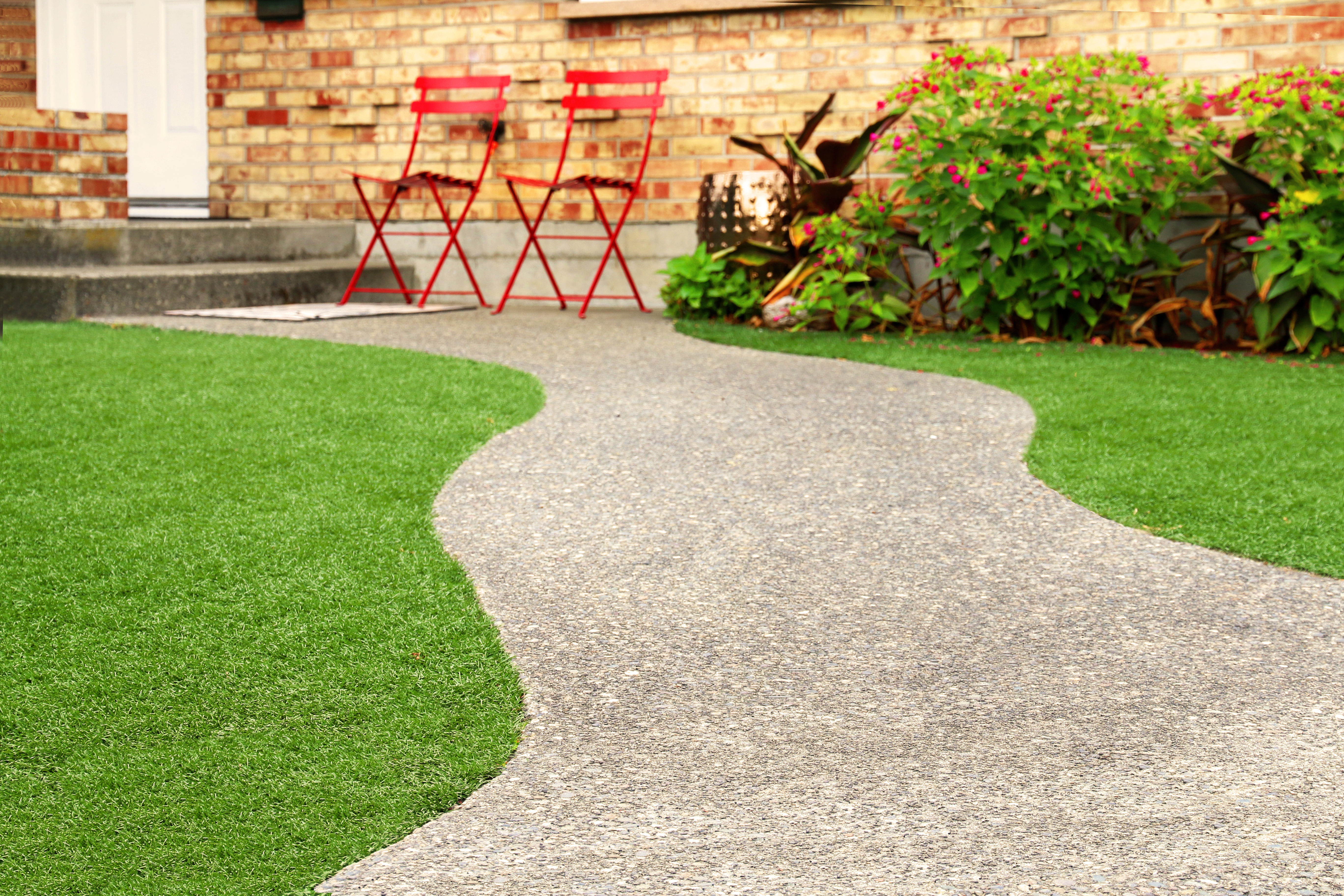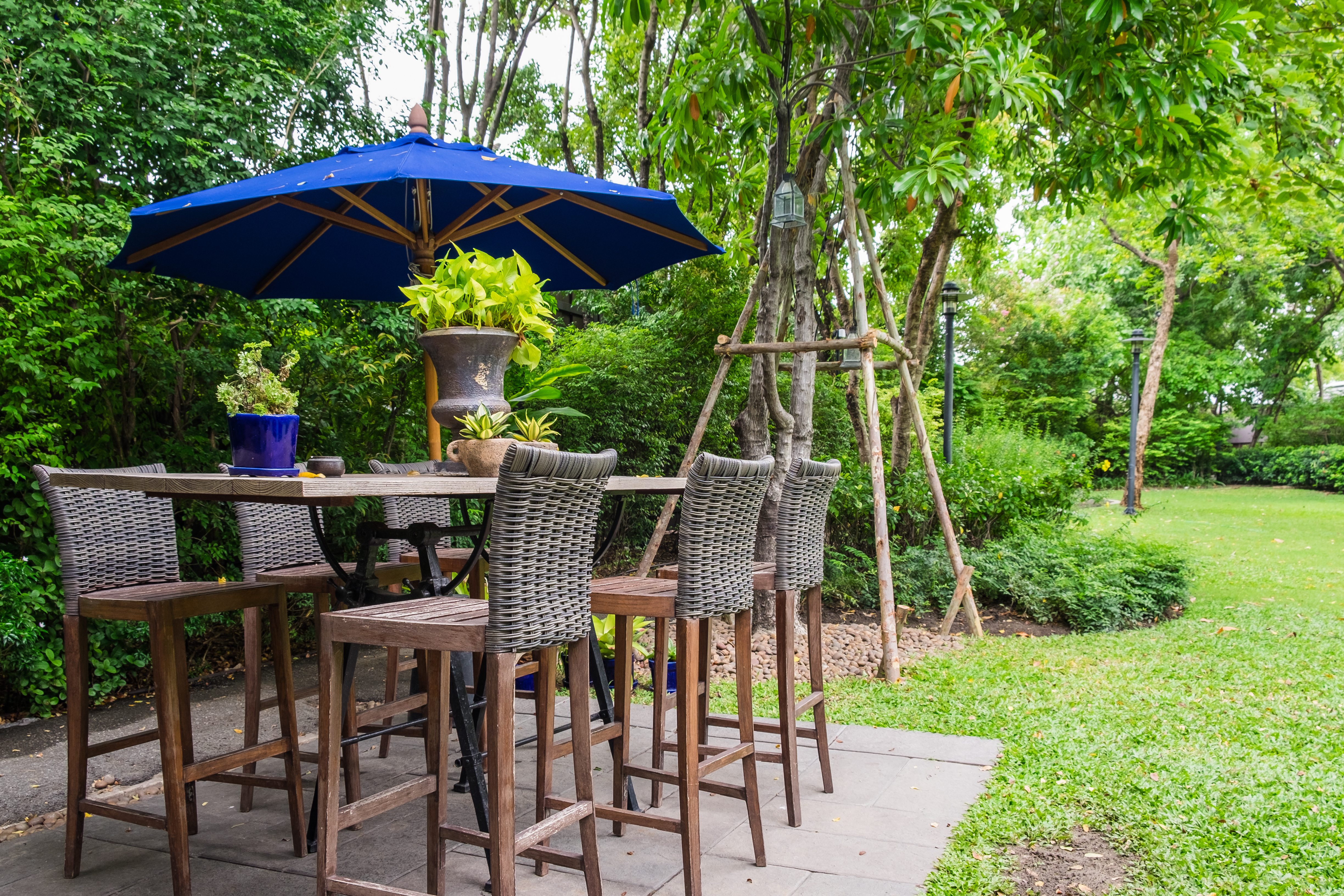
For some people, the thought of mowing lawn on a regular basis is enough to sway them towards ripping it up and replacing it with artificial lawn. Others love the smell of freshly cut lawn and feeling the soft blades between their toes. So which type of lawn is best for you? Both have their advantages and disadvantages, some of which we’ll take a look at here.
Cost – one of the biggest things to take into consideration is cost, both of purchasing and installing the lawn. Real turf can be relatively inexpensive to purchase and is easy to simply roll out yourself. However, you also need to consider the cost of reticulation if you choose to install that as well. Good quality artificial lawn that is soft to touch and stain resistant can be expensive. You also need to consider that artificial lawn will only last for about 7-10 years if properly maintained. Installation can be pricey, as can maintenance and replacement costs.
Maintenance – the major benefit of artificial lawn is of course that it does not need mowing, watering, weeding or fertilizing, all of which real lawn needs on a regular basis. However, it does need to be maintained if you want it to last for the expected 7-10 years. Sweeping of leaves and other dirt or debris needs to be done weekly, as anything left on the surface will rot, encouraging the growth of algae and moss. Artificial lawn also needs an annual application of a moss killer or algaecide. Any stains such as animal droppings, urine or food/drink need to be removed as soon as possible using warm water and dishwashing liquid. And despite your wildest dreams, artificial lawn does actually need weeding from time to time.

Environmental factors – there’s a lot to take into consideration here. There is, of course, the major benefit that you will be saving water with artificial lawn. You will also not be mowing the lawn, reducing the use of fossil fuels, or using harmful chemicals. However, the actual production of artificial lawn produces substantial carbon emissions in all stages of the process, increasing its carbon footprint. At the end of its 7-10 year lifespan, artificial lawn ends up in landfill where is takes a very long time to break down. Although real lawn requires watering and fertilizing, it also filters rain into the soil which helps eradicate greenhouse gases such as Co2. 100 square metres of lawn emits enough oxygen throughout the day for a family of four.
Look and feel – it’s a given that sitting or walking on artificial lawn compared to real lawn is going to feel different. Both can feel soft underfoot, but artificial lawn will warm up significantly in the sun while natural grass will stay relatively cool. Artificial grass, however, will not attract bees and other nasty insects that usually lurk in real lawn. If you choose artificial lawn, you are going to have green lawn year-round, whereas those of us with real lawn may struggle to keep it looking lush throughout the warmer months.
For more information or advice, contact your local gardening specialist.
Hi there,
Would you like to receive home decor
ideas and DIY tips to your inbox?
Subscribe to our mailing list!

